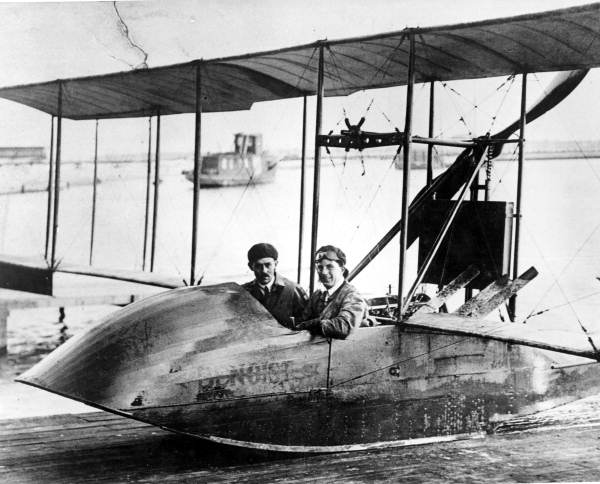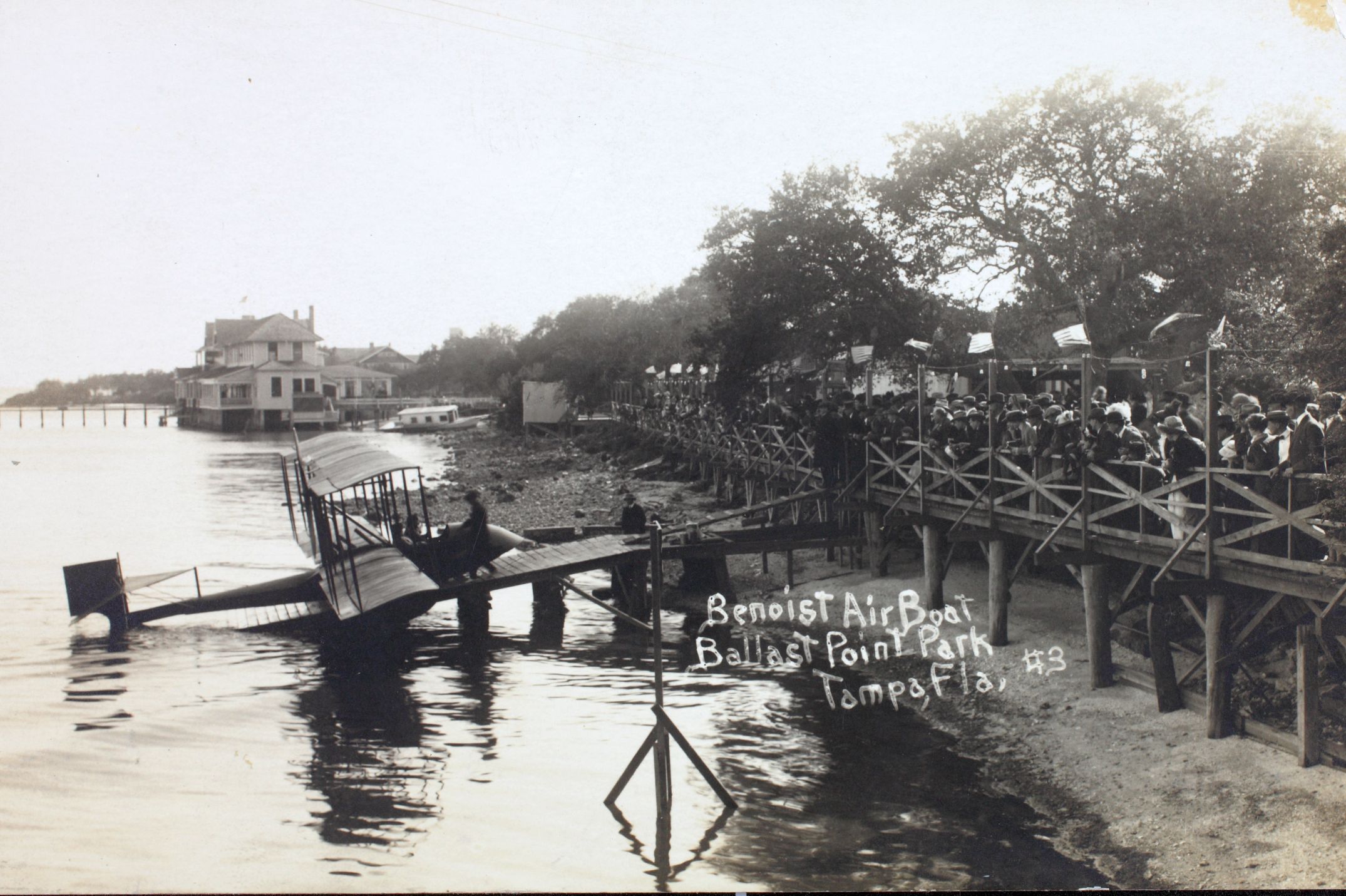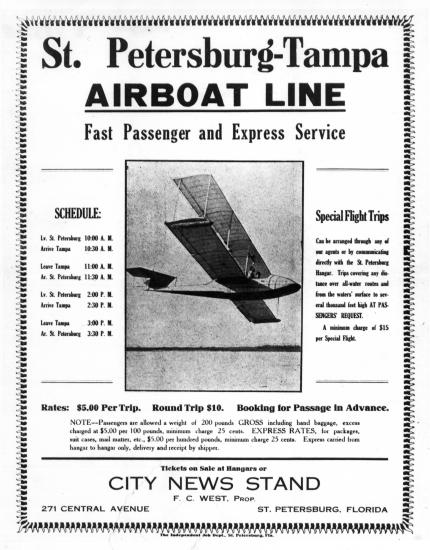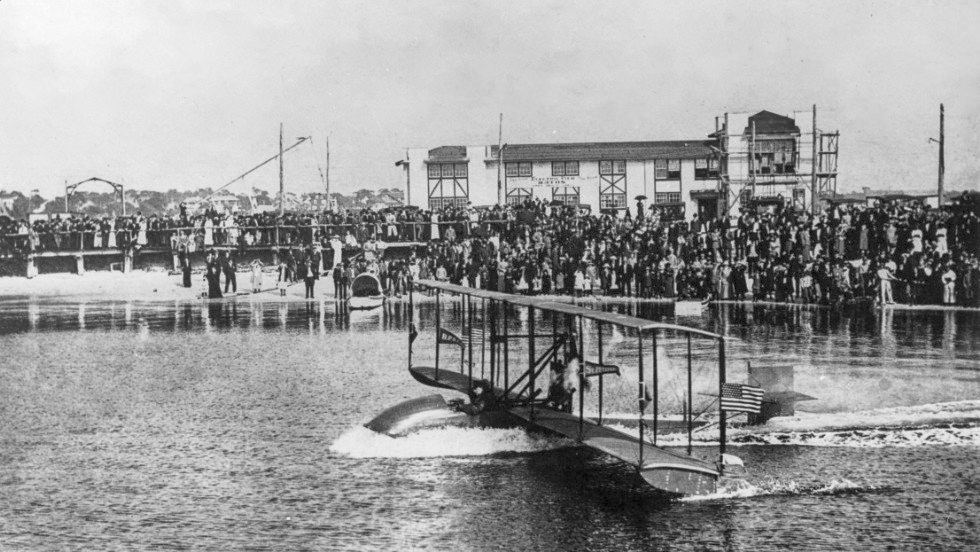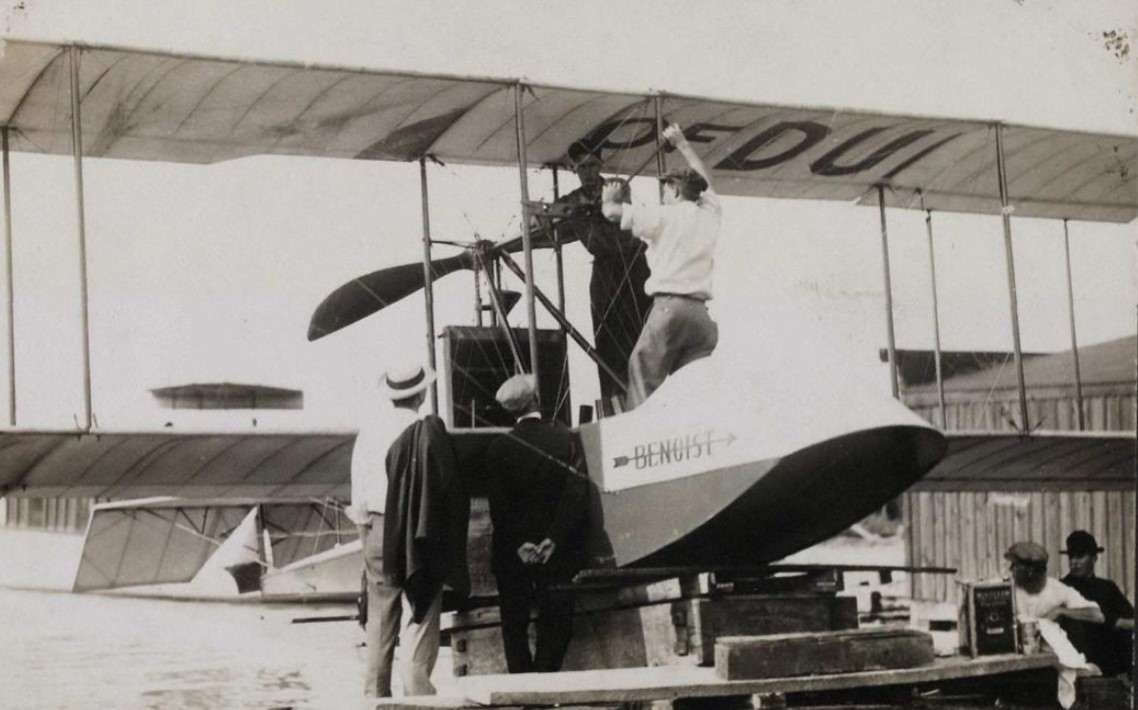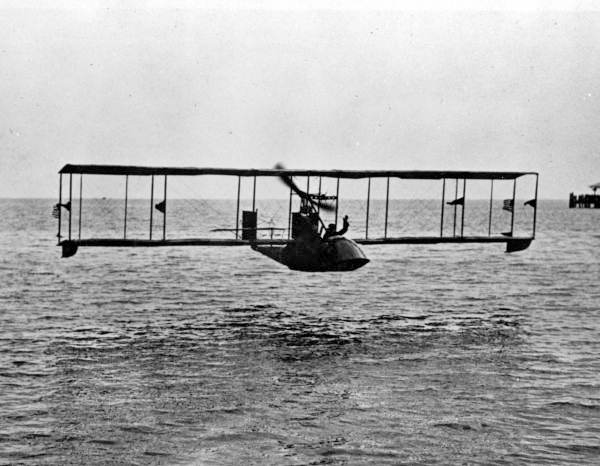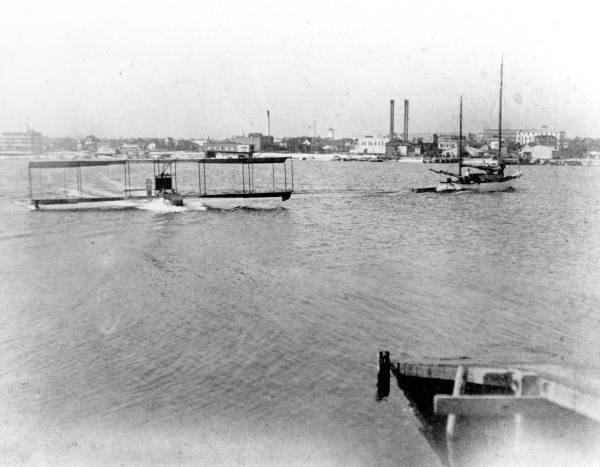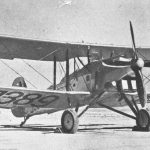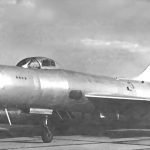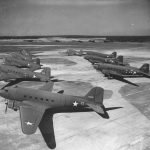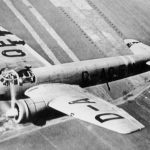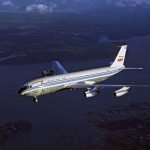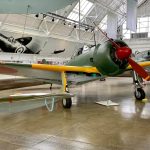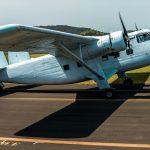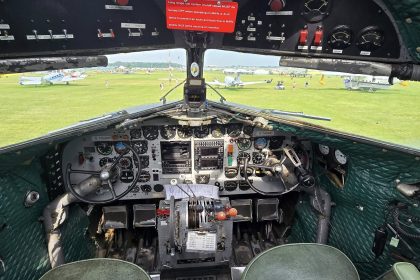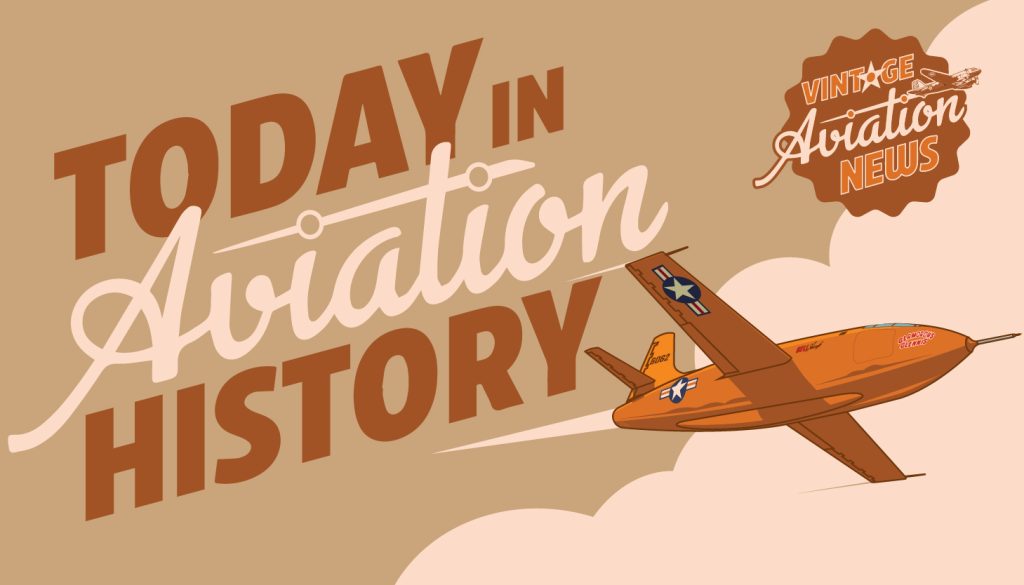
Situated on the western portion of the Florida peninsula, Tampa Bay is home to the cities of St. Petersburg and Tampa, about 17 miles apart from one another. In 1913, there were no highway overpasses such as Interstate 275 or US 92. If someone wanted to travel between the two cities without walking or traveling by horse-drawn wagon, they would either have to take a 2-hour boat ride, spend up to 11 hours on the meandering railroad servicing the towns between St. Petersburg and Tampa such as Clearwater or travel 20 hours by car on the unpaved roads around the bay. It was at this point that a local St. Petersburg businessman, Percival E. Fansler, had the idea of bringing the novel invention known as the airplane to Tampa Bay and provide a faster mode of travel, free from circuitous routes and ground conditions.
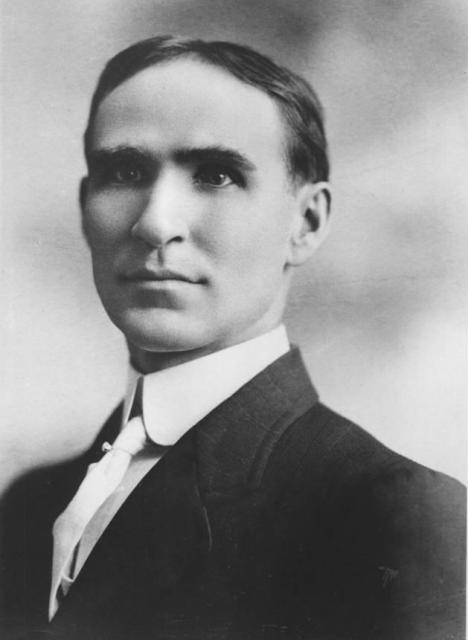
After searching the nation for any aircraft builder that could supply an aircraft capable of the flight, Fansler found Thomas W. Benoist, an aviator who became the founder of the Benoist Aircraft Company of St. Louis, Missouri. Fansler and Benoist came to an agreement for a three-month contract to provide the service between the two cities for what would become St. Petersburg-Tampa Airboat Lines (SPT Airboat Line). The St. Petersburg Board of Trade would subsidize 50% of the starting costs, and the contract was signed on December 17, 1913, just ten years after the Wright Brothers had flown at Kittyhawk.
The aircraft that would provide the world’s first scheduled airline service was the Benoist XIV flying boat, which was marketed in Florida as the “airboat”. The Benoist XIV had a length of 26 feet, a wingspan of 44 feet, and weighed 1,250 pounds empty. It was powered by a single Roberts 6-X inline engine with six cylinders in a “straight” configuration, delivering 75hp to give the craft a top speed of 64 mph and a range of 125 miles. One of the XIVs had been flown on joyrides over Duluth, Minnesota, and came to Florida with the name Lark of Duluth. The other aircraft, though, was named Florida, in honor of the Sunshine State itself.
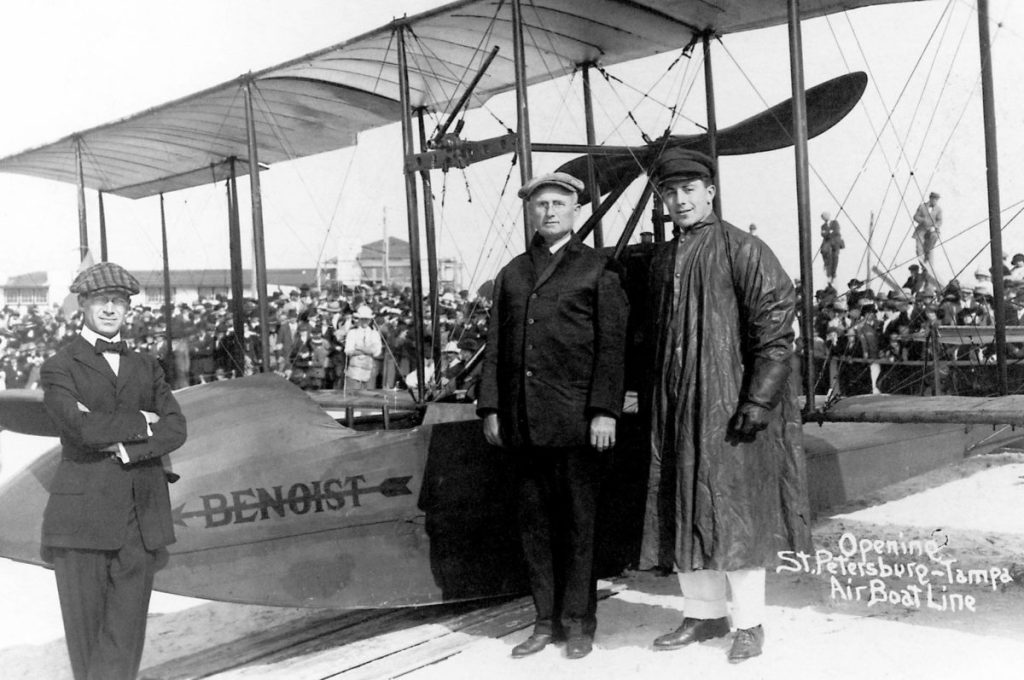
On January 1, 1914, a crowd of over 3,000 spectators held a parade and gathered in St. Petersburg to witness the inaugural flight of the St. Petersburg-Tampa Airboat Line in the Benoist XIV Lark of Duluth. To commemorate the flight, an auction was held for the first round-trip passenger. The winning bid of $400 was placed by Abram C. Pheil, former mayor of St. Petersburg, who then posed for photographs for the St. Petersburg Times along with Percival Fansler and pilot Antony Jannus. Shortly afterwards, Pheil climbed into the open cockpit sat next to Antony Jannus in the Lark of Duluth. The flight took 23 minutes and covered 18 miles (29 kilometers), and the world of travel would forever change.
However, the SPT Airboat Line was to have a brief span. While it was the fastest mode of travel in Tampa Bay, and thrilled those daring enough to fly, offering $5 rates for a one-way flight, $10 for a round trip, and a minimum of $15 for special sightseeing flights, there was no avoiding the fact that the Airboat Line was not making a profit. It relied heavily on the subsidy from the Board of Treasure, and on March 31, 1914, the three-month contract expired. By this point, many winter residents of Tampa Bay returned to their homes in the northern states, and interest from potential passengers went with them. However, since all flights flown by the SPT Airboat Lines had to be booked in advance, the service did not complete its final flight until May 5, 1914, at which point the St. Petersburg-Tampa Airboat Route came to an end.
In all, some 1,205 passengers had flown on the SPT Airboat Line, in which only seven days of flying were lost due to weather and maintenance problems, with no serious injuries to crew or passengers, a remarkable safety record for a time when flying was in its infancy. In the end, both the Lark of Duluth and the Florida were later lost in accidents soon after the cessation of the SPT Airboat Line. Unfortunately, the careers of both the Airboat Line’s main pilot and the designer of the Benoist XIV were to end in tragedy. Tony Jannus was later hired by Glenn Curtiss to be a test pilot and during WWI, he was sent to Russia to demonstrate the capabilities of the Curtiss Model H flying boat patrol bomber. On October 12, 1916, he and two Russian officers were killed in the crash of a Curtiss H-7 flying boat near Sevastopol during a demonstration flight for the Imperial Russian Navy. Thomas Benoist was killed in a trolley accident in Sandusky, Ohio on June 14, 1917. Soon after his death, the Benoist Aircraft Company was dissolved.
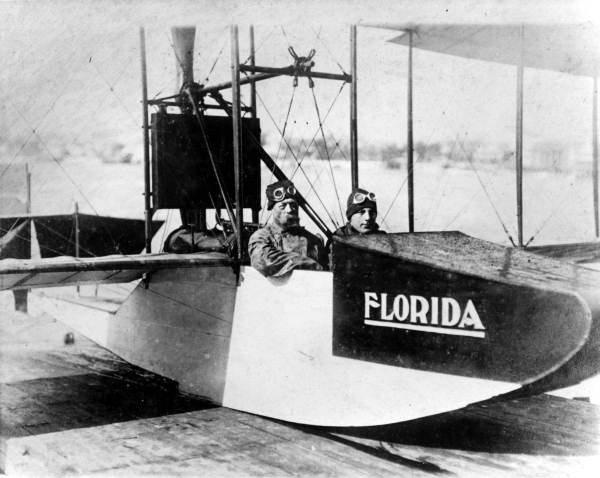
Today, the first scheduled airline flight has been commemorated in numerous ways since the flight. In 1964, the Tony Jannus Distinguished Aviation Society was formed and every year, it recognizes outstanding individual achievement in scheduled commercial aviation by airline executives, inventors and manufacturers, and government leaders through the bestowment of the Tony Jannus Award, which features a Benoist XIV on the medallion.
Additionally, a flying replica of the Benoist XIV was built by the Florida Aviation Historical Society for the seventieth anniversary of the flight in 1984 was flown with a Chevrolet straight 6-cylinder engine in lieu of the original Roberts 6-X engine. Since that flight, it has been placed on display at the St. Petersburg Museum of History. Another replica marked as the Lark of Duluth was built in 2013 by members of the Duluth Aviation Institute to pay tribute to the aircraft’s association with Duluth before it flew in Florida. This replica can now be viewed at the EAA Aviation Museum in Oshkosh, Wisconsin. Finally, another replica Benoist XIV was built for vintage aircraft collector Kermit Weeks, complete with an exact working replica of a Roberts 6-X engine. Originally built to fly in Tampa Bay for the 100th anniversary of the event, mechanical difficulties not dissimilar to those encountered by Benoist and Jannus kept the reproduction on the water. This reproduction is on display at Kermit Weeks’ Fantasy of Flight collection in Polk City, Florida, 46 miles northeast of Tampa.
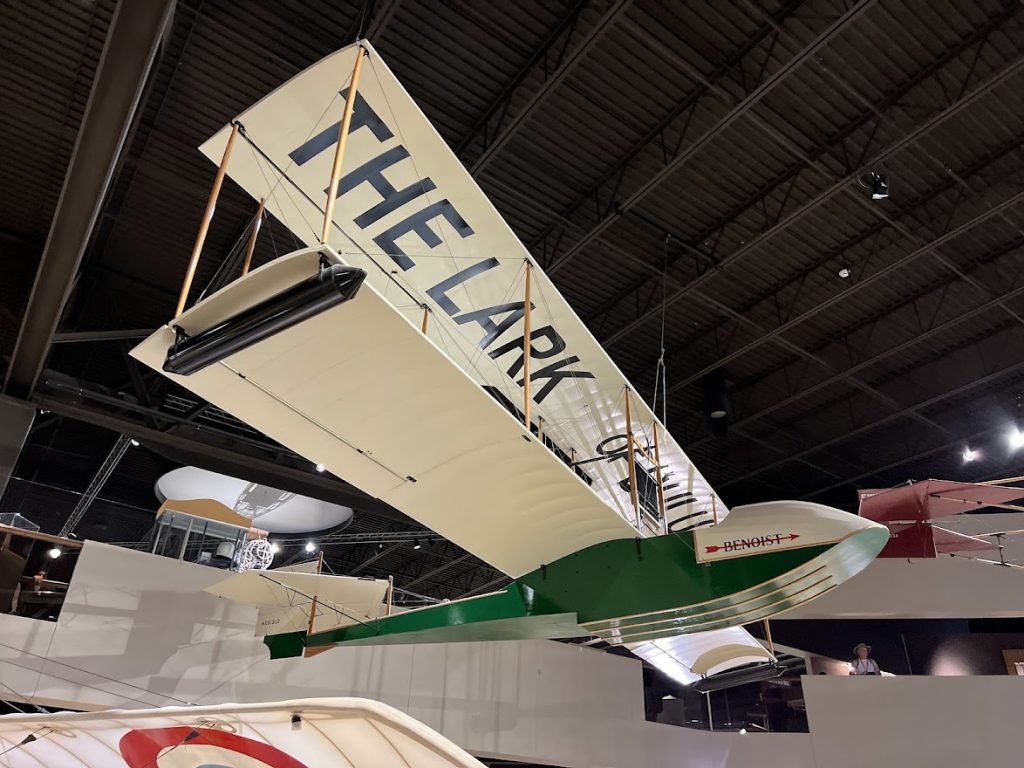
Few in 1914 could have imagined what the world of air travel would be like in 2025, some 111 years later, but some already had an idea of what lay in store. On that New Years Day in 1914, Percival Fansler made a short speech as the Benoist XIV flying boat was being lowered into the waters of Tampa Bay, saying, “What was impossible yesterday is an accomplishment today, while tomorrow heralds the unbelievable.”
Today in Aviation History is a series highlighting the achievements, innovations, and milestones that have shaped the skies. All the previous anniversaries are available HERE







